The future of driving looks like a Disneyland ride, but less fun.
Google’s 10 Big Bets On The Future(Click image for larger view and slideshow.)Google hopes to get its self-driving cars ready for public deployment by 2018. And though reality and politics might push the date back, the company is pressing ahead with a new round of prototypes. Google calls its latest experimental vehicles “self-driving cars” but they don’t look much like cars on the inside because they’re missing many of the controls we expect in a car.
Chris Urmson, director of Google’s self-driving car project, in a blog post says the company is developing prototypes for fully automated vehicles. Unlike the Toyota Prius fleet that Google has been using to test its self-driving car systems, these new prototypes have been designed without steering wheels, accelerator pedals, or brake pedals because those controls won’t be necessary.
Sponsor video, mouseover for sound “Our software and sensors do all the work,” explains Urmson. “The vehicles will be very basic — we want to learn from them and adapt them as quickly as possible — but they will take you where you want to go at the push of a button. And that’s an important step toward improving road safety and transforming mobility for millions of people. “
[It’s come to this: Read Smartphoning While Walking: App Says Look Up!]
These prototypes will be no-frills cabins on wheels. Their speed will be capped at 25 mph and their interiors will be spartan. You’ll get two seats, luggage space, start and stop buttons, and a screen to display the route. Whether passengers will have much choice in selecting the route remains to be seen. Although Google suggests its cars can make roads safer, the company has enough doubts about the perfection of its systems that each seat will come with a seat belt, just in case.

According to Urmson, Google is building about 100 prototypes of this sort and plans to conduct tests in versions that retain the manual controls later this summer. Google hopes to take its testing to the next level with a small pilot program in California in a few years. The company recently discussed the progress it has been making with its sensor system.
Google sees its cars as liberating, allowing people to travel downtown for lunch without planning an extra 20 minutes to find parking, to assist seniors and others unable to drive on their own, and to free us from the risk of driving while drunk or distracted. If only our self-regulating selves worked better.
But many drivers will prefer to liberate themselves. For all that Google’s cars have to offer, they will also take something away, the opportunity to participate in one’s own journey. There’s something to be said for travel optimized by math and technology. But far more has been said, at least in American books and films, about the joy of the open road and the freedom to make choices, good or ill.
Being a passenger is fine. With your attention freed from driving, perhaps you’d like to listen to a few ads? But sooner or later, you’ll want to take the steering wheel and set your own course, if you can.
What do Uber, Bank of America, and Walgreens have to do with your mobile app strategy? Find out in the new Maximizing Mobilityissue of InformationWeek Tech Digest.
Thomas Claburn has been writing about business and technology since 1996, for publications such as New Architect, PC Computing, InformationWeek, Salon, Wired, and Ziff Davis Smart Business. Before that, he worked in film and television, having earned a not particularly useful … View Full Bio Building A Mobile Business Mindset Among 688 respondents, 46% have deployed mobile apps, with an additional 24% planning to in the next year. Soon all apps will look like mobile apps –and it’s past time for those with no plans to get cracking.
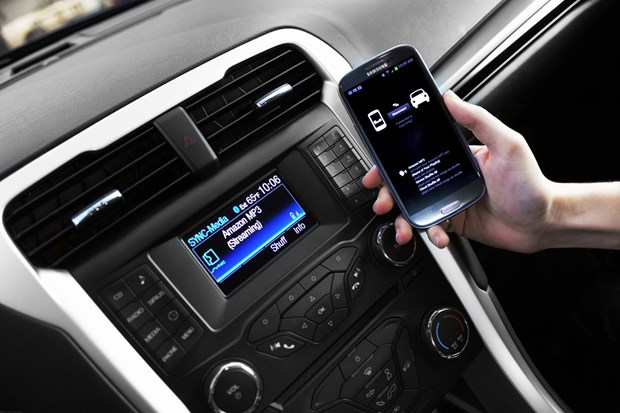
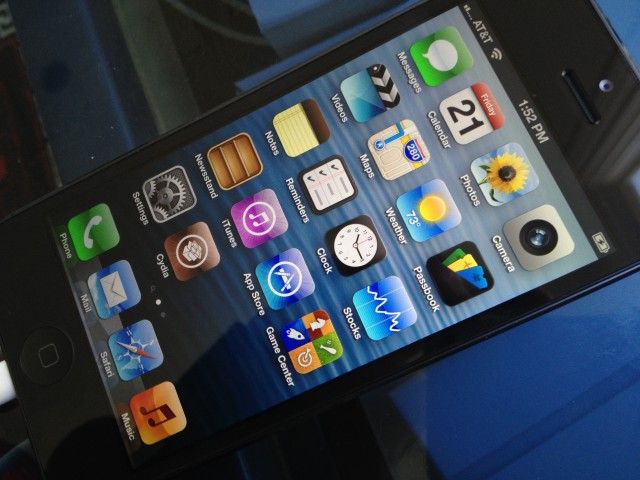


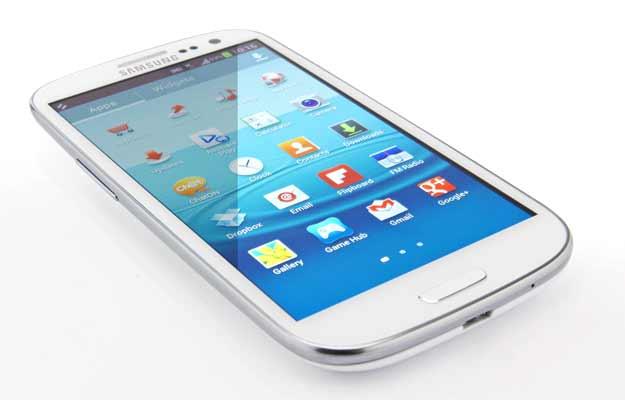
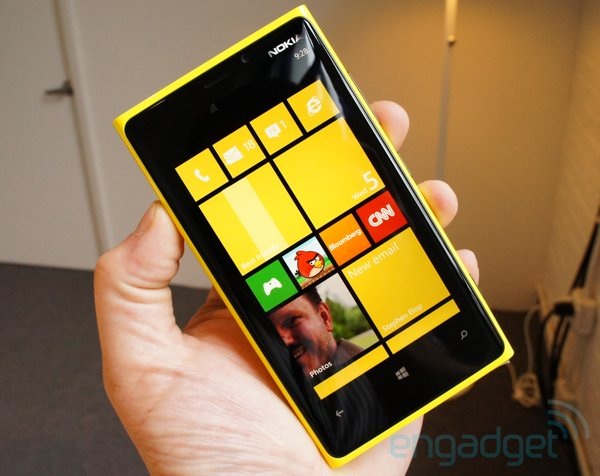

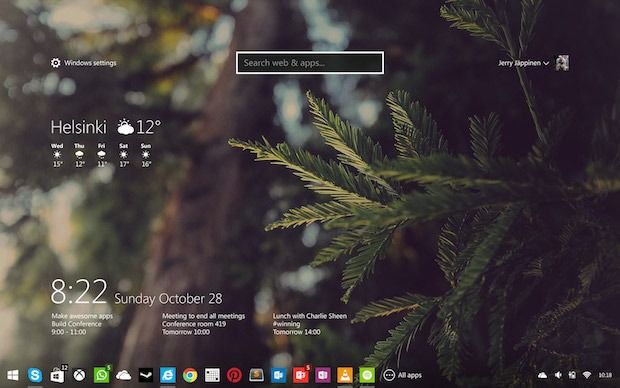






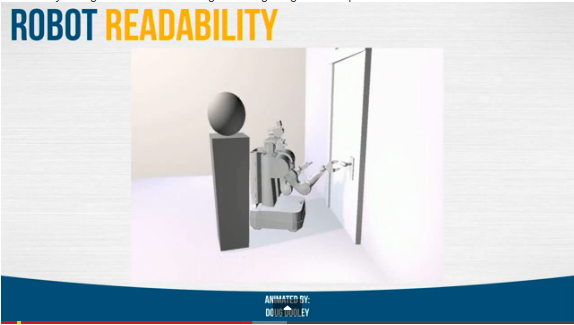




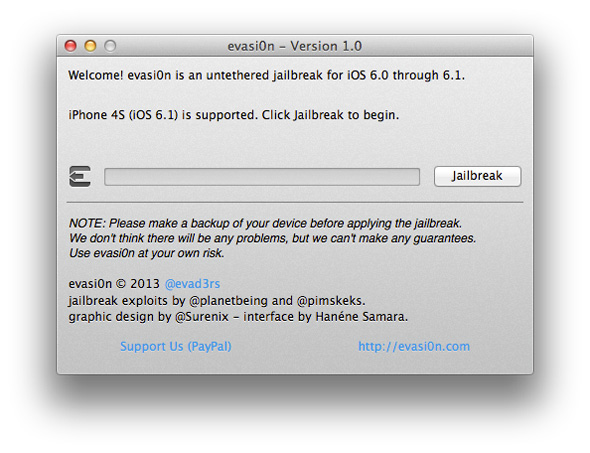
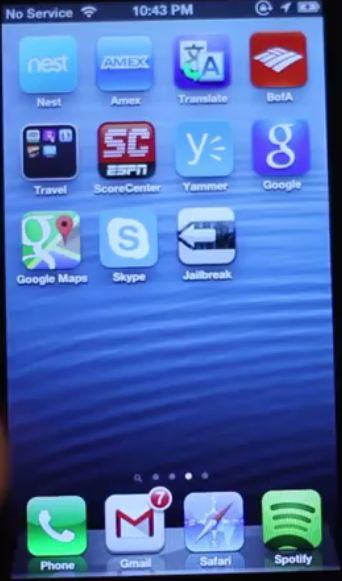

 If there was clearly any question which Nokia has a Windows 8 pill inside development, when not inside the pipeline absolutely, it dissolved now with certain forthright remarks from CEO Stephen Elop.
If there was clearly any question which Nokia has a Windows 8 pill inside development, when not inside the pipeline absolutely, it dissolved now with certain forthright remarks from CEO Stephen Elop.